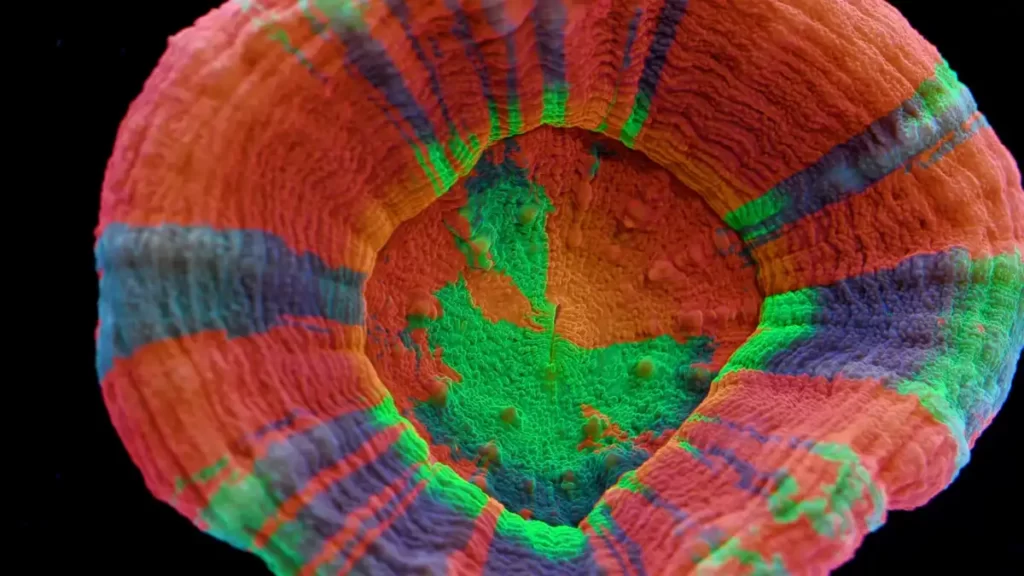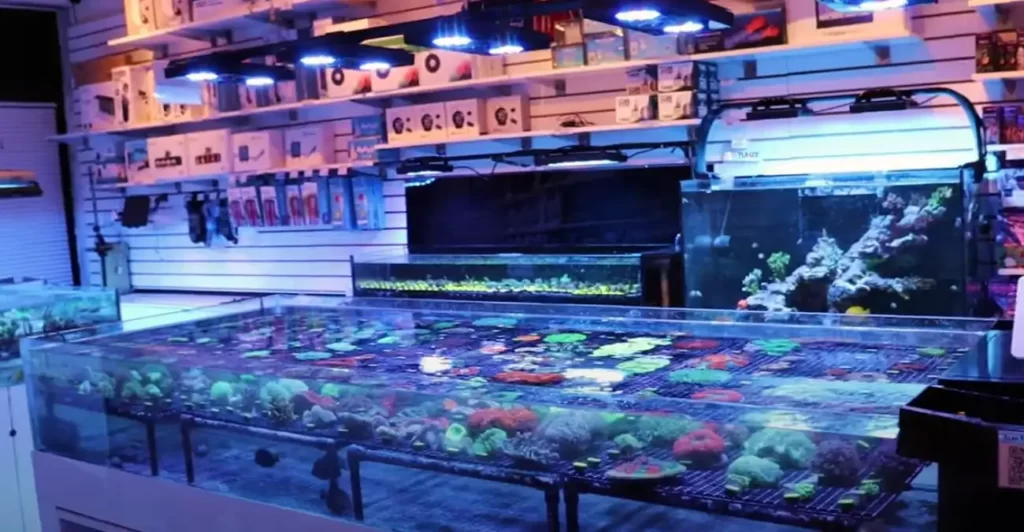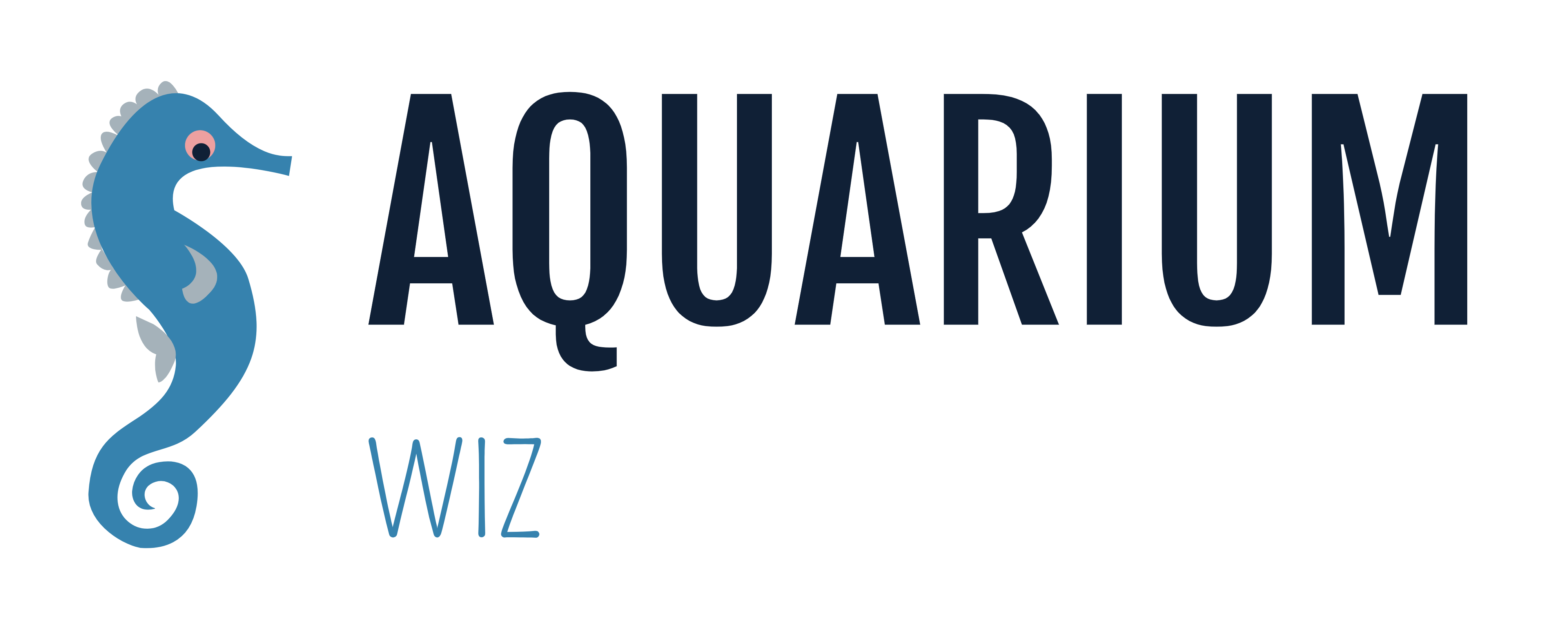Rainbow Chalice Coral Care, Tank Setup and Diseases
Rainbow Chalice Coral is a stunning and colorful addition to any reef tank. These corals are known for their multi-colored, iridescent appearance, making them a popular choice among reef enthusiasts. Rainbow Chalice Corals are a type of LPS (Large Polyp Stony) coral that can be found in a variety of colors and patterns.
Key Takeaways
- Rainbow Chalice Coral is a stunning and colorful addition to any reef tank, known for its multi-colored, iridescent appearance.
- These corals prefer medium to low light and medium to low flow, and require a stable tank environment with consistent levels of calcium and alkalinity.
- To prevent disease and infection, it is important to maintain a clean and stable tank environment and monitor the coral regularly for signs of illness.
Join us as we unravel the secrets to nurturing these exquisite marine organisms, and discover how to transform your aquatic habitat into a living masterpiece of color and vitality.

Quick Facts
Rainbow chalice coral, also known as Echinophyllia sp, is a popular and colorful addition to many reef aquariums. Here are some quick facts about this fascinating coral:
| Quick Facts |
| Family: Pectiniidae |
| Genus: Echinophyllia |
| Common Names: Rainbow Chalice Coral |
| Origin: Indo-Pacific |
| Lighting: Low to Moderate |
| Flow: Low to Moderate |
| Care Level: Easy |
| Temperament: Semi-Aggressive |
| Color: Multicolor |
| Growth Rate: Slow |
Rainbow chalice coral is a member of the Pectiniidae family and is native to the Indo-Pacific region. It is a slow-growing coral that requires low to moderate lighting and flow. It is also relatively easy to care for, making it a popular choice for both beginner and experienced reef aquarium enthusiasts.
Rainbow chalice coral is known for its beautiful and vibrant colors, which can include shades of red, orange, green, blue, and purple. It is a semi-aggressive coral that can sting other corals, so it is important to provide enough space between it and other corals in the aquarium.
Rainbow Chalice Coral Care
Rainbow Chalice Coral is a beautiful and colorful addition to any reef tank. Proper care is essential to keep it healthy and thriving. In this section, we will discuss the essential care requirements for Rainbow Chalice Coral.

Tank Size
Rainbow Chalice Coral can grow up to 8 inches in diameter, so a tank of at least 30 gallons is recommended for a single coral. It is important to provide enough space for the coral to grow and expand without overcrowding.
Water Parameters
Maintaining stable water parameters is crucial for the health of Rainbow Chalice Coral. The following table provides the ideal water parameters for Rainbow Chalice Coral:
| Parameter | Ideal Range |
| Temperature | 75-80°F |
| Salinity | 1.023-1.025 |
| pH | 8.1-8.4 |
| Alkalinity | 8-12 dKH |
| Calcium | 400-450 ppm |
| Magnesium | 1250-1350 ppm |
It is recommended to test the water parameters regularly and make adjustments as needed.
Feeding
Rainbow Chalice Coral is a photosynthetic coral and can derive most of its nutrition from light. However, it can also benefit from supplemental feedings of small meaty foods such as mysis shrimp or brine shrimp. It is recommended to feed the coral once or twice a week.
Propagation and Fragging
Rainbow Chalice Coral can be propagated by fragging. It is recommended to use a bone cutter or Dremel tool to cut the coral. The cut should be made at the base of the coral, and the frag should be immediately glued onto a frag plug or rock. The new frag should be placed in an area with moderate light and flow until it has fully healed.
Read More: Holy Grail Torch Coral: The Ultimate Guide
Tank Setup
When considering setting up a tank for rainbow chalice coral, there are a few important factors to keep in mind. These include placement, lighting, and filtration/water flow.

Placement
Rainbow chalice coral should be placed in an area of the tank that receives moderate to high flow. This will help to ensure that the coral receives enough nutrients and oxygen. However, it is important to avoid placing the coral in an area of the tank that experiences too much direct flow, as this can cause damage to the coral’s tissue.
In terms of placement within the tank, it is generally recommended to place rainbow chalice coral on the bottom of the tank. This will help to ensure that the coral has access to enough light and nutrients, while also providing it with a stable base to grow on.
Lighting
When it comes to lighting, rainbow chalice coral requires moderate to high levels of light in order to thrive. This means that it is important to choose lighting that is powerful enough to provide the coral with the light it needs, without causing any damage to its tissue.
One popular lighting option for rainbow chalice coral is LED lighting. This type of lighting is energy-efficient and can be easily adjusted to provide the coral with the right amount of light. Other lighting options to consider include T5 fluorescent lighting and metal halide lighting.
Filtration / Water Flow
Finally, it is important to consider the filtration and water flow within the tank when setting up a home for rainbow chalice coral. This can help to ensure that the coral receives enough nutrients and oxygen, while also preventing the buildup of harmful waste and debris.
One popular filtration option for rainbow chalice coral is a protein skimmer. This type of filter helps to remove organic waste from the tank, which can help to improve water quality and reduce the risk of disease.
In terms of water flow, it is important to choose a pump that is powerful enough to provide the coral with the flow it needs, without causing any damage to its tissue. It is also important to ensure that the water flow within the tank is consistent and uniform, as this can help to prevent areas of the tank from becoming stagnant and oxygen-deprived.
Cause of Rainbow Chalice Coral dying
One of the most common diseases that Rainbow Chalice Coral can suffer from is Brown Jelly Disease, which is caused by a bacterial infection. This disease is characterized by a brown, slimy substance that covers the coral and can quickly spread to other corals in the tank. To prevent the spread of Brown Jelly Disease, it is important to remove any infected coral immediately and quarantine it in a separate tank. Antibiotics can be used to treat the disease, but prevention is the best approach.

Another disease that can affect Rainbow Chalice Coral is White Band Disease. This disease is caused by a bacterial infection that attacks the coral’s tissue and can cause it to die. To prevent White Band Disease, it is important to maintain good water quality and avoid overcrowding the tank. If the disease is detected, it is important to remove the infected coral immediately and quarantine it.
In addition to bacterial infections, Rainbow Chalice Coral can also suffer from parasitic infections such as Flatworms and Red Bugs. These parasites can cause the coral to lose its color and become weak. To prevent parasitic infections, it is important to quarantine any new coral before adding it to the tank and to maintain good water quality. If a parasitic infection is detected, it is important to remove the infected coral immediately and treat it with the appropriate medication.
Read More: Walt Disney Coral: Everything you Need to Know
Frequently Asked Questions [FAQs]
Q: How often should I clean my tank for Rainbow Chalice Corals?
Regular maintenance is key. Perform water changes of 10-15% every 2-4 weeks and clean the substrate gently to remove detritus.
Q: Can Rainbow Chalice Corals be kept with other coral species?
Yes, but ensure they have adequate space between them to prevent aggression and stinging.
Q: What is the lifespan of Rainbow Chalice Corals?
With proper care, Rainbow Chalice Corals can live for several decades.
Q: How can I deal with algae growth in my tank?
Maintain a proper balance of nutrients and light to control algae growth. You can also introduce algae-eating fish or invertebrates.
Q: Are Rainbow Chalice Corals suitable for beginners?
Yes, they are suitable for beginners, but it’s essential to research and be diligent with their care.






